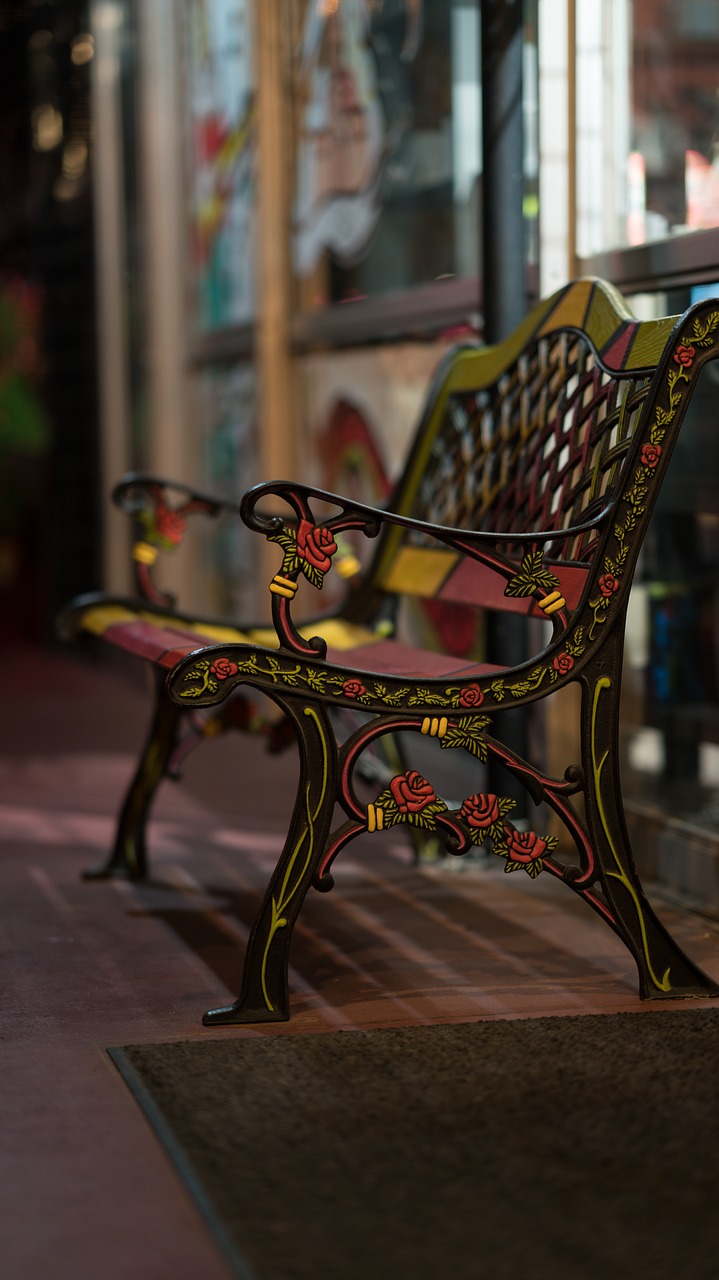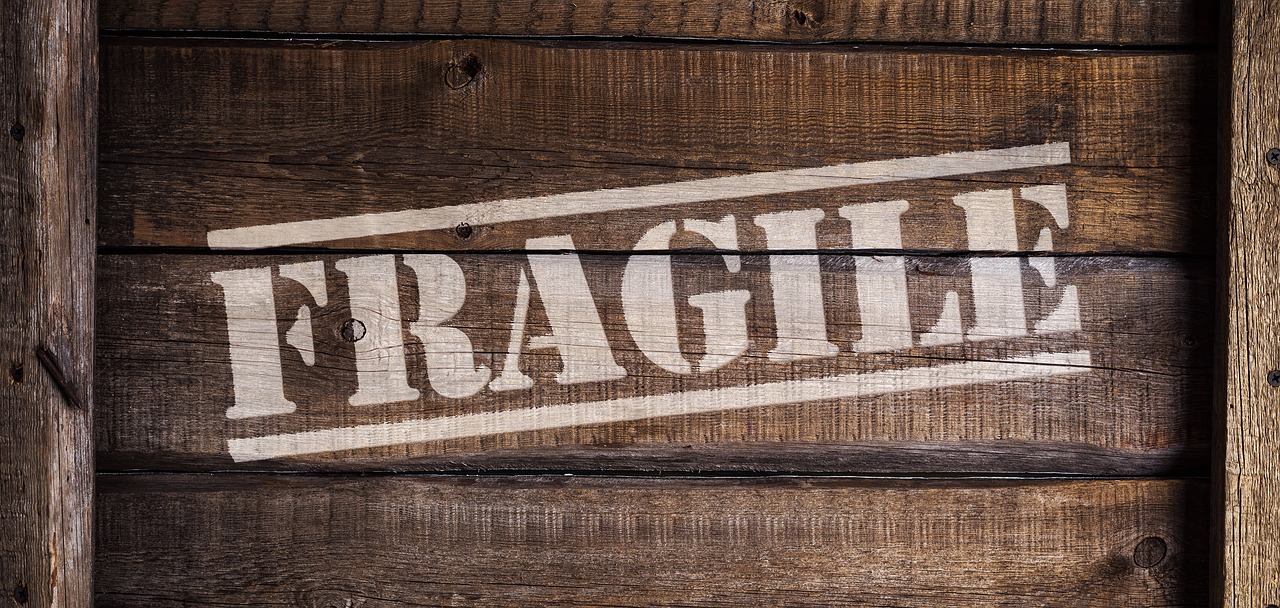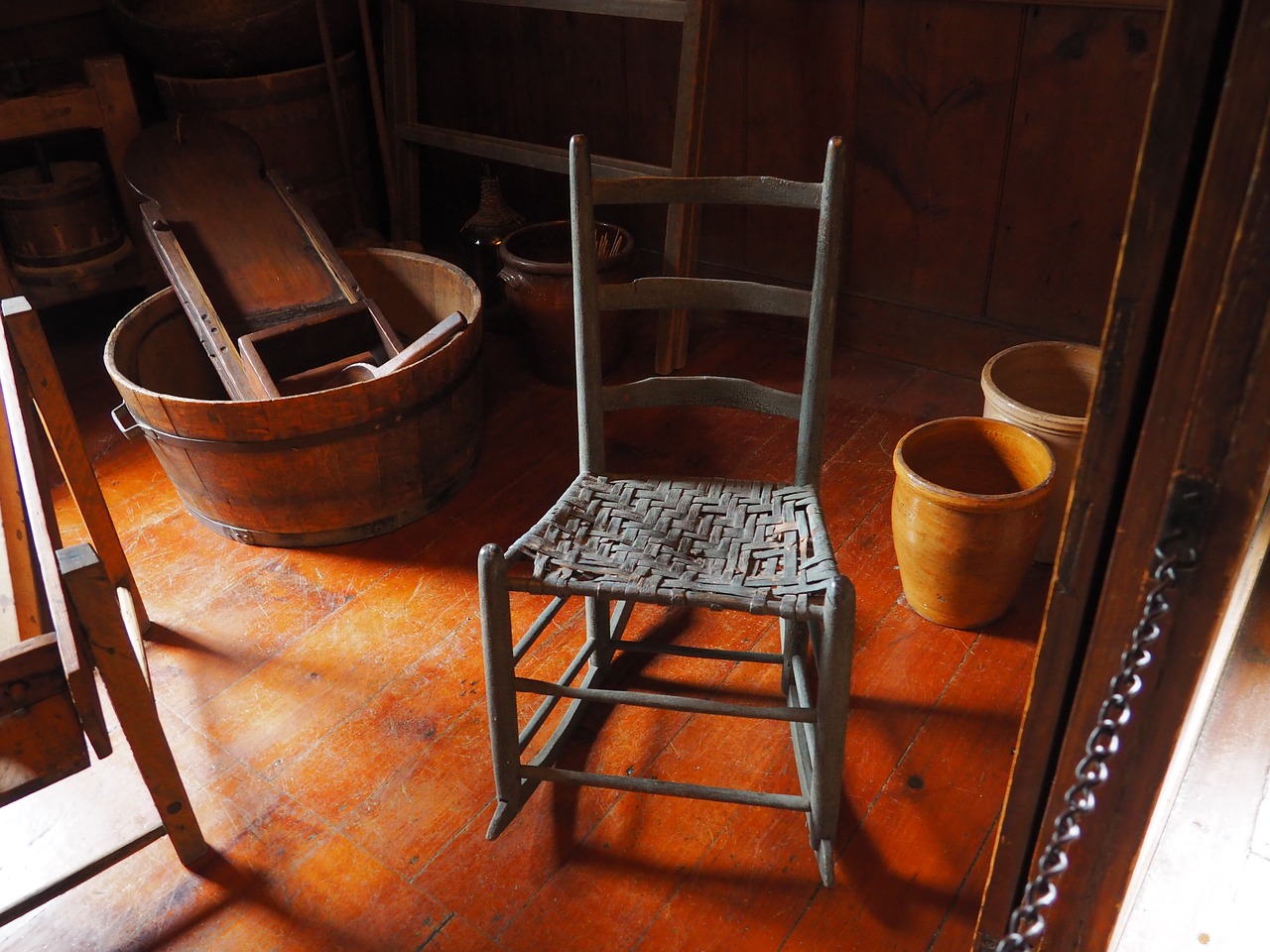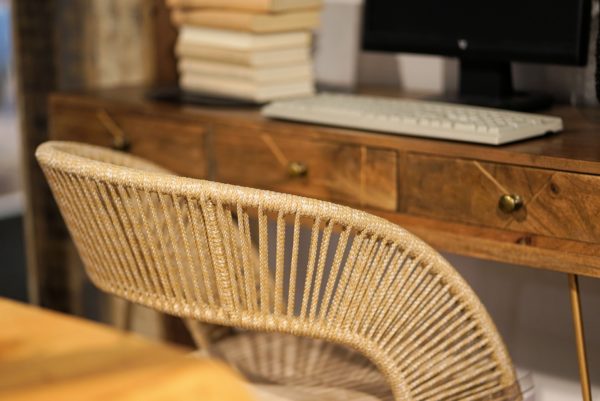Need a safe place to keep furniture pieces while they’re not in use? If you live in a house, your attached garage may be the first place that comes to mind. But of course, some concerns that come along with that. With the possibility of fluctuating temperatures, uncontrollable weather, and unwanted pests, is it really okay to store furniture in the garage?
On the other hand, you may opt to store your furniture in a self-storage unit. Similar to storing furniture in the garage, this is an excellent option if you’re between moves, living with roommates, saving for a home, or lacking adequate storage space in your home. Still, it’s important to take the time to learn how to store furniture correctly to ensure that it’s protected in long-term storage. If you do plan to rent a storage unit, look for a climate-controlled storage unit with drive-up access to conveniently load and unload your furniture.
Whether you’re planning on taking advantage of your garage space or are toying with the idea of renting a storage unit, there are a few critical precautionary steps to take to protect your furniture. From tables and desks to chairs and couches, you’ll be able to protect any piece of furniture with these tips, regardless of its material.
Is it okay to store furniture in the garage?
First and foremost, you may be wondering if a garage is a suitable spot for storing furniture long-term. After all, if you’re lucky enough to have an attached garage, why not take advantage? The not-so-straightforward answer is: It depends. With proper planning and protection, specific furniture items like couches, chairs, and tables can safely be kept in your garage. But it depends on what material they’re made of.
Related: Garage Makeover Ideas
Here are a few risk factors to keep in mind before storing furniture in the garage for more than just a day or two:
- Wooden Furniture: Wooden Furniture is highly susceptible to cracking, warping, splitting, and breaking when exposed to extreme changes in temperature and humidity. It’s also challenging to repair wooden chairs, tables, dressers, and other items once the wood has been affected.
- Upholstered Items: Depending on the fabric, furniture like couches, chairs, and other upholstered pieces tend to attract insects and unwanted pests. If you’re storing them in the garage where you park your vehicle, they can also absorb hazardous car fumes and other odors.
- Electronics: Especially if you live in a particularly cold city, it’s never a good idea to store electronics like flat-screen TVs, gaming systems, or computers in the garage. Extreme coldness and humidity can cause the metal to contract, ruin internal circuit boards, and more.
What is the best way to store furniture long-term?
At the end of the day, there’s no one best place to store furniture items when they’re not in use. The best place to keep your furniture depends entirely on your situation and the available space you have at your disposal. Storing furniture in your garage may not be ideal. However, there are preventative measures you can take to ensure your items are protected.
Related: How to Clean Out a Storage Unit
How to Store Furniture the Right Way
Thinking of storing some unused furniture in a garage or storage unit? Taking the time to prepare, protect, and organize your items for storage will be key to success. Check out these 8 tips on how to store furniture to help you along the way. Click the links below to jump to each section quickly:
- Consider your storage options.
- Clean everything thoroughly.
- Take everything apart.
- Wrap furniture for long-term storage.
- Protect glass items.
- Raise furniture off the floor.
- Don’t leave food behind.
- Don’t cram too much inside.
1. Consider your storage options.
Do you have access to a garage, or will you be renting a storage unit for your furniture? As you weigh your options, keep in mind that storing furniture can be costly. Maybe you can keep extra furniture in a guest room or in your home for a short time. Or, perhaps it’s better to sell a few pieces of furniture and buy new ones when you need them again. If you’ve decided that storage is the way to go, it’s time to do your research. The average cost of a storage unit and available amenities can vary. That’s why shopping around is crucial to finding a storage unit that meets your needs and budget.
How to Choose a Storage Unit for Furniture
When storing furniture, protection from extreme weather and outdoor elements is paramount. If you’re serious about maintaining this furniture in storage over a longer period of time, you may want to opt for a climate controlled storage unit. Climate control ensures that your valuable furniture pieces are protected from moisture and changing temperatures. Plus, the temperature will always be pleasant when you visit! Items like wooden furniture, instruments, antiques, and sofas with delicate fabrics will do best in this type of unit.
Related: How to Pick the Best Storage Unit Size for Your Needs
2. Clean everything thoroughly.
If climate-controlled storage isn’t an option, there are still steps you can take to protect your furniture. Priority number one: Make sure everything is properly cleaned and fully dry.

One of the easiest ways to protect the furniture in storage? Never store furniture if it’s dirty. Not only will offensive odors travel to nearby units, but cleaning will also significantly reduce the chance of mold and dust in your storage space. Some tips for cleaning furniture for storage:
- With wooden or plastic furniture, use mild soap and water. For wooden pieces and antiques, use a protective yet gentle wood cleaner like Murphy Oil Soap to safeguard the existing finish on the wood.
- Be sure to clean fabric items like couches or seat cushions with fabric or upholstery cleaner. Check that everything is completely dry before packing it up to prevent mold and mildew growth.
- Polish any metal sections with a polishing cloth and metal cleaner. This step will help remove any existing oxidation and delay the build-up of tarnish.
3. Take everything apart.
Before moving furniture from its original location, disassemble anything you can. This includes desks, bookshelves, tables, chairs, and more. If there are attached drawers, you’ll want to take everything out and remove them. Unscrew legs from chairs and tables, and remove TVs from their built-in stands. This extra step will make your truck, and later your self-storage unit, much easier to pack. It will also reduce the likelihood of breaking or scratching anything. Then, put all screws, bolts, Allen wrenches, and other small items in a labeled baggie for safekeeping. This can be stored alongside the furniture piece to which it belongs to make your life easier.
4. Wrap furniture for long-term storage.
One significant step that needs to be remembered during the moving, packing, and storage process is wrapping large pieces of furniture for protection. Whether you use plastic sheeting, moving blankets, or whatever you have lying around at home, it’s important to always wrap furniture for long-term storage. Make sure everything is completely covered inside of your garage or storage unit.. This includes the floor! Before putting anything inside your storage space, lay down thick plastic sheeting on the floor to prevent moisture from the floor from seeping into your furniture. This step is crucial if you are not in a climate-controlled space.
What should you wrap the furniture in for long-term storage?
Use old sheets, blankets, drop cloths, or plastic wrap to cover the pieces and protect them from dust and moisture. Take care not to wrap furniture with thick plastic covers that will seal in moisture. This can create condensation, leading the furniture to swell eventually. But don’t wrap items too tight! Make sure your items can breathe by loosely draping the material over the furniture.
Related: How to Protect Your Furniture When Moving
5. Protect glass items.

Understandably, breakable furniture like glass tabletops and mirrors require some extra precautions. First, wrap the piece with packing paper. Don’t tape the paper directly to the glass, as it will leave a nasty residue for you to clean later. Afterward, cover the glass in bubble wrap or put the entire item into a box for extra security. Use a box that is long and wide but relatively flat. Ideally, the box should resemble the shape of the glass itself.
Related: How to Pack China for Moving to Avoid Breakage
6. Raise furniture off the floor.
Whether you’re storing furniture in a garage or storage unit, avoiding putting anything directly on the floor is a good idea. Unexpected weather like snow and rain storms can lead to flooding, leaving anything resting on the floor damaged— or worse, ruined. Instead, use pallets or cinder blocks to raise the floor. This adds an extra layer of protection against flooding and other unexpected mishaps. In a pinch, even a layer of cardboard or a drop cloth is better than nothing. If you’re also storing plastic totes, you can also opt to put those on the ground and balance smaller furniture items on top.
7. Don’t leave food behind.
Never leave perishable food with the furniture in your garage or storage facility. Whether you’re storing furniture long-term or just for a few short months, this advice still stands. Not only can the food rot and stink up the entire garage or unit, but it can also attract bugs and unwanted critters. Fortunately, storage facilities often check for infestations and are treated with pest control regularly. But you can never be too careful. Pro tip: Thoroughly check any cardboard storage boxes you use. Never use boxes that previously came from a grocery store or might be soiled in any way.
Related: How to Build DIY Garage Storage Shelves for Under $60
8. Don’t cram too much inside.

A surefire way to break a valuable piece of furniture is by shoving too much into your storage unit. Our advice: The best way to store furniture in a storage unit is by not overdoing it. Organizing your storage unit can save you loads of time and energy in the future. It just takes a little bit of strategic planning!
How do you organize furniture in a storage unit?
Organizing your storage unit starts during the packing process. Pack furniture methodically by starting with the largest pieces first. Then, work in boxes and smaller items as you go. As you load furniture into your storage unit, make sure there is always an aisle to access the back and sides of your unit. You’ll also want to keep your storage space as clean and decluttered as possible. As you try to cram in more and more things, you risk knocking things over, bending pieces, and causing other damage. For more helpful tips, check out our full guide on How to Organize a Self-Storage Unit for Frequent Access.
How do I know what size storage unit I need for my furniture?
Did you know: One of the biggest mistakes people make is choosing a storage unit that’s the wrong size for their needs. They either go over budget on too large of a unit or purchase one that’s not large enough in an effort to save money. To save yourself the headache, make sure you pick out the appropriate size storage unit for the amount of stuff you have. If you’re unsure or need help estimating, check out our interactive storage unit size estimator tool.
Storing Furniture Doesn’t Need to Be Difficult
There are tons of reasons why you may need a safe place to store furniture temporarily. Perhaps you’re accumulating some pieces for your eventual new home or are considering downsizing from a house to an apartment or condo. Whatever the case may be, hopefully, this guide provided helpful tips on how to store furniture in a space that’s accessible to you. Have you had success with storing furniture in your garage or self-storage unit? Feel free to share your tips with us on social media.
More Moving Resources:
- Antique Furniture Values: How to Find Out What’s It Worth
- How to Protect Your Furniture When Moving
- 11 Helpful Tips on How to Move Furniture
This post was originally published on 3/25/14 and was updated 4/23/18 and 12/19/22 to provide a better experience for the reader.
